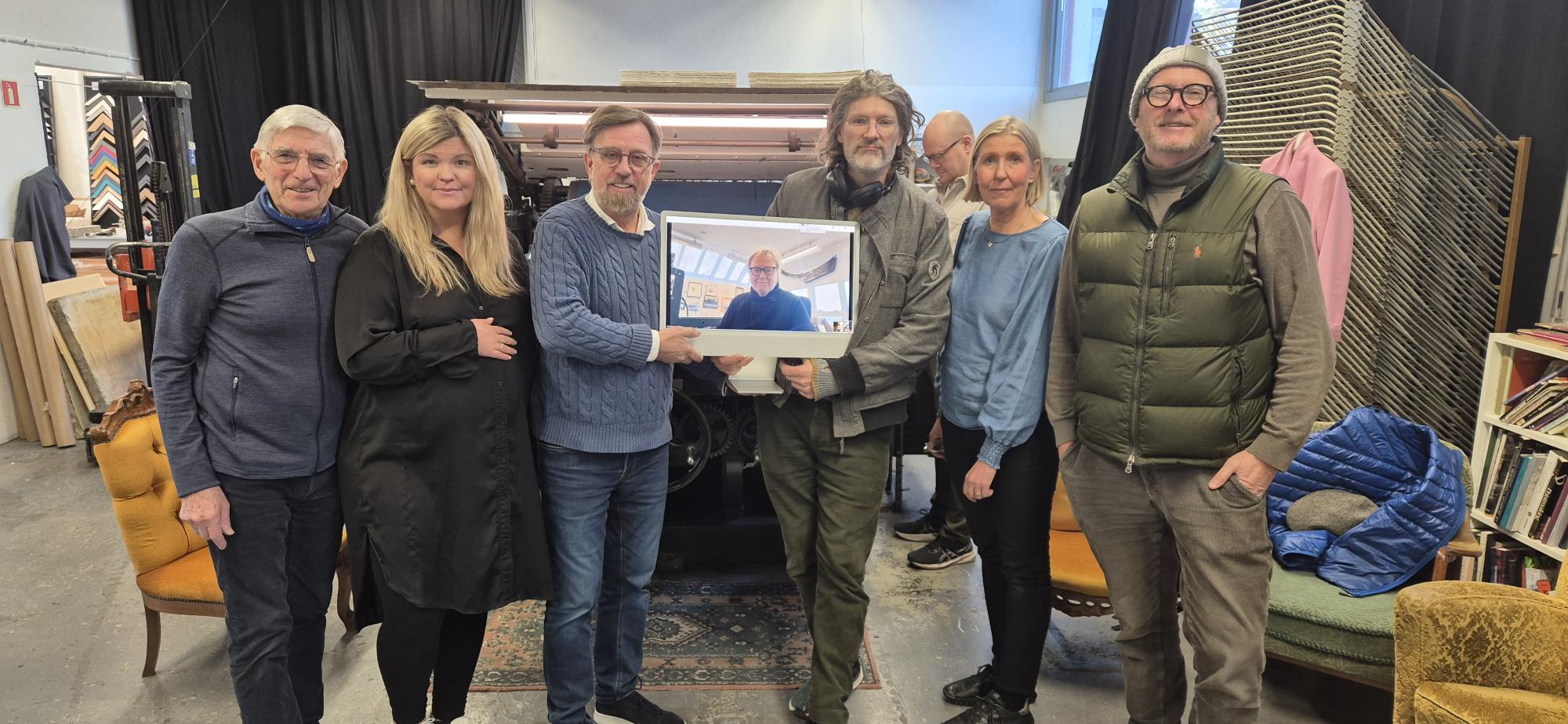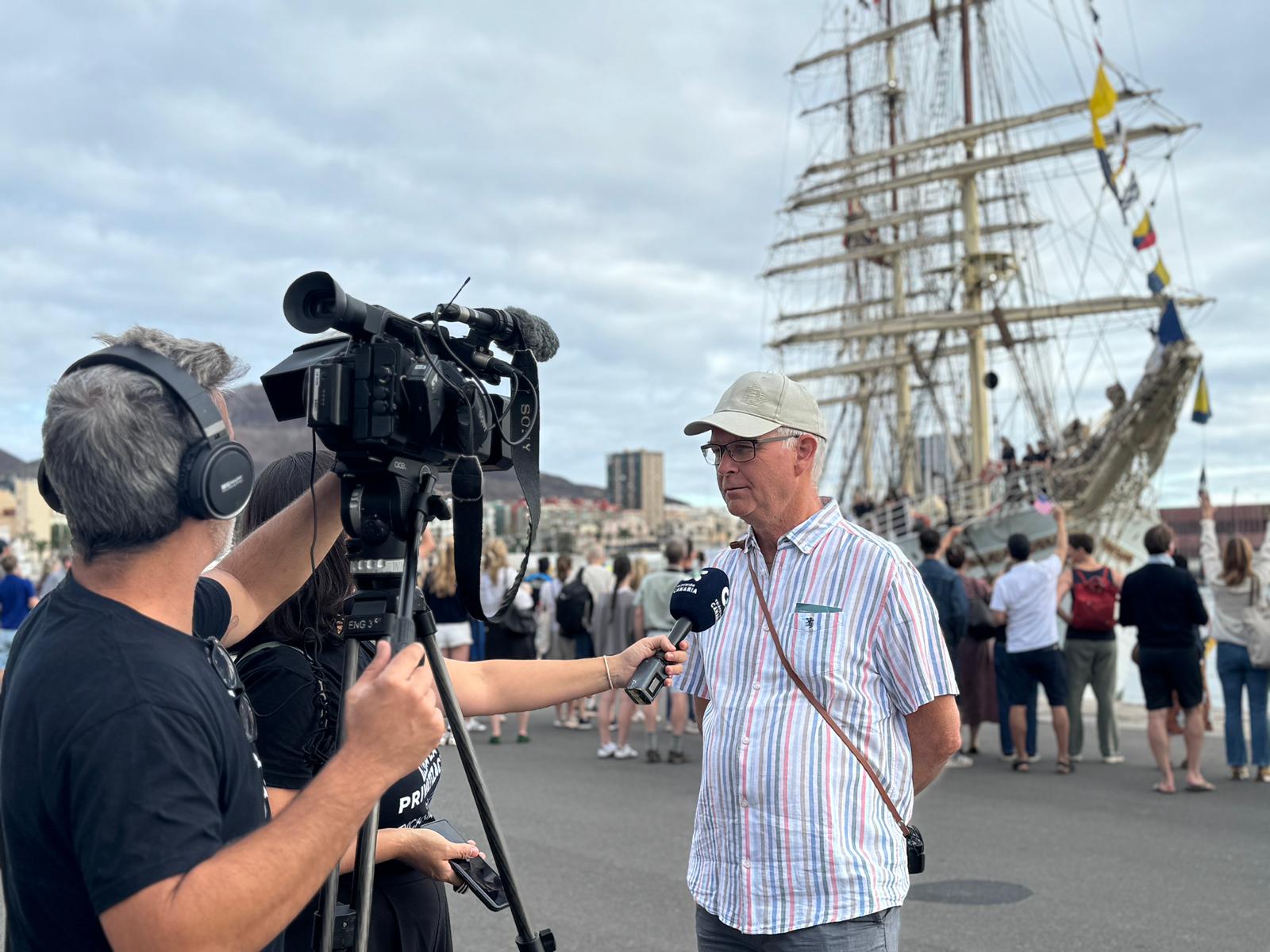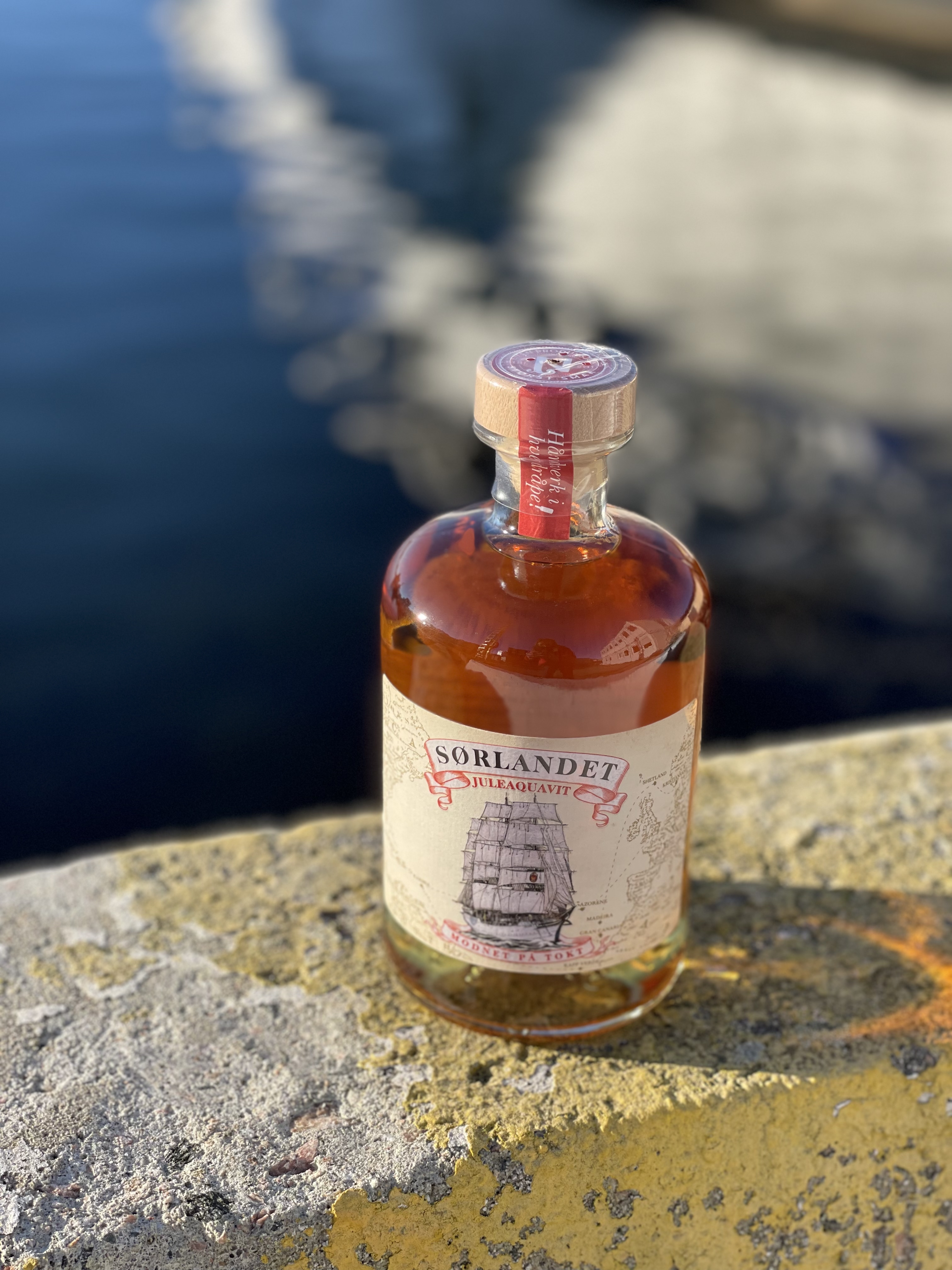War, occupation, reconstruction
In 1939, when dark war clouds loomed over Europe, the summer cruise ended earlier than usual. The ship was leased to the Navy, which used it as an accommodation ship in Horten. The Germans took over the ship on 9 April 1940, and a period of degradation began for the magnificent school ship. Unrigged and rigged, it was towed to Kirkenes where it was anchored at Jakobsnes harbour. What exactly happened to Sørlandet during the war years it has been difficult to get verified. It is said that the ship was used as a coal warehouse and prisoner ship, i.a. for German deserters. Conditions on board were difficult. The prisoners were divided into pools and alternated being outside and inside due to lack of space. Furthermore, it is rumored that the prisoners sabotaged the conditions on board. It has been claimed by the authorities that the prisoners themselves opened the bottom valves and lowered the ship. Another version, which has been given more credence, is that the ship sank after it was hit in the waterline during a Soviet Russian bombing raid. The barge was raised and towed to Kristiansand.
There was little left of the former splendor of the wreck that the institution took over in the autumn of 1945. Despite lack of materials and many other difficulties, Høivolds Mek managed. Workshop to get the ship in good condition again after the war.
The first voyage after the war, in the summer of 1948, was like a maiden voyage, in that the ship appeared in a renewed form, built on the remains taken over after the Germans' mistreatment of the ship. The annual report from this year states that the repair was far more expensive than expected, but in return you got a ship as nice and solid as before. According to Captain G. Selmer Lindeberg, who was back at his old post again, the ship was so improved and renewed that in his opinion it was more valuable as a school ship than when it went out as a new vessel in 1927.
Captain Selmer Lindeberg himself acted as inspector for the institution while the restoration work at Høivolds mek. Workshop in progress. In November 1947 the ship was towed to Lillesand for winter storage, but at the end of April 1948 the ship was again ready for a new voyage and in place at the municipal pier in Kristiansand where 87 students from all over the country were ready to take the ship.
Like the pre-war years, boys from most of the country's counties came on board. The school system was followed according to the same model as before with practical seamanship on board, combined with theoretical teaching in several subjects such as Norwegian, English, arithmetic and bookkeeping, history, social studies, geography and more. For teacher Kjell Rosenberg, it became an important task to undertake the theoretical teaching on board. The situation was somewhat special after the war. In a sigh of relief in the annual report, the Lillesand man Rosenberg expresses that it is not difficult to see that Norwegian youth have also suffered during the occupation. The knowledge and attitude were not of the standard one had before the war.
He saw it as an important task to help the school ship boys to better knowledge. Every single one of the permanent crew was in favor of the task of raising a commander on a school ship during a difficult post-war period.
That the ship was welcome back in its proper element was clear. Ships, students and crew received an overflowing reception everywhere in the North Sea ports of call. The first post-war expedition went to Hirtshals. The highlight of the season was a visit to Newcastle where the ship was greeted with outstanding hospitality and attention. The same can safely be said about the London visit. Sørlandet's come back after the war was at all something of a jubilant season. It is almost touching to read the final passage in the annual report from 1948 where the school ship institution's chairman, Herlof Andersen, writes after many thanks: "First and foremost we thank God who has kept his protective blessing hand over the ship with the many souls on board."
And the students' reaction? Only good words, not to mention enthusiasm. Five month course on board Sørlandet was still considered a privilege for young men who had plans to go to sea. Skuta's reputation, the teaching on board, the challenges of sea life, the many exciting port visits - all this was like an adventure for a post-war youth with a thirst for adventure.
What does one of those who stood closest to the schoolship boys in their daily struggle, Lillesand's former head of school Kjell Rosenberg, who was hired as a mate and teacher by Captain G. Selmer Lindeberg, say? Rosenberg stayed on board The Ship for six years, from 1948 to 1953. Let's hear what he has to say about the training ship environment of these special post-war years:
- The job on board The Ship « Sørlandet » is the most demanding and interesting in my life. At the same time, it is the job that has given me the most benefit both on a practical and human level.
- The reason is quite simple, the company of open and nice young boys who received a form of schooling that I must believe is completely unique. A quaint combination of workplace, school and atmosphere gave a lot. But the inspiring leadership of Captain Lindeberg and the company of a group of pleasant, skilled and experienced employees, became almost every day a party alternating between experiences, learning and work.
It is perhaps not so surprising that Kjell Rosenberg, with his background, believes that we should have sailing school ships even today. With some public flexibility, the training ships would have been suitable for training seamen for the merchant navy. Not because of the special knowledge necessary to handle a sailing ship, but the influence that follows from the atmosphere on board such a ship. Rosenberg may think primarily of order and discipline, which is necessary when living with other people close to you. Kjell Rosenberg had many years of experience behind him as a sailor when he mustered on " Sørlandet » in 1948. He had sailed outside from 1927, took his mateship exam in 1932 and sailed for a few more years after that before going ashore.
- How did it feel to come from the merchant navy's modern ship, via the school desk to a sailing ship?
- I was well acquainted with the atmosphere around sailing ships from the family. We lived down by the train station and there the old sailors from the sailing ships went in and out, and they did not talk about anything else. But the last sailing ship had sailed when I started in the merchant navy. It was therefore a rare chance to experience the rush of the saga, and a reality that I had heard about from old guests from the seven seas. It was a transition from story to reality, says Rosenberg.
- Whether it met expectations? Oh yes, said much more than that. To stand on a deck and feel the interaction with the sea and see the interaction from the sea, the bow and the sails, - it is something completely unique, says the former school principal and becomes almost dreamy in the eyes.
There were boys from 14 to 17 years old who received their five-month course at " Sørlandet » at that time. In reality, it was a sailor's course, even if that designation only came about later. Rosenberg characterizes it as a beginner's course for sailors for the merchant fleet, but at the same time it was secondary school according to the law that applied at the time. .
- This form of school is much more inspiring than today's theorized school. We have an unfortunate urge to over-theorize. On the school ship, we gave the boys a lesson that was close to reality. We had frequent excursions to shipyards and workshops, we visited ships and maritime museums, we took the boys down to coal mines ~ England and so on. But we also did not forget to sail, the guidelines for the business set a certain number of sailing days per. season, says Rosenberg. .
Then " Sørlandet » was a sailing training ship, the ship was a frequent guest in the many ports in the North Sea and in the Skagerrak. The UK in particular was a popular target, and Kjell Rosenberg says that " Sørlandet » was always well received in England. When he first went on board in 1948, the ship sailed straight to Newcastle and then to London where the school ship boys got to witness the Olympic Games. It was, of course, a great experience and the crew from the school ship were all over the place. The mayor honored them with a visit, as did the Norwegian ambassador Prebensen. Also in Newcastle, the mayor himself came on board, and he said something that Kjell Rosenberg remembers well to this day:
- Representation with naval vessels we are so used to that we hardly notice it. But send a small white-painted sailing ship with a well-trained crew like this, then we roll out the red carpet and the whole population troops up to see. Oh yes, they had their great importance as ambassadors for the country, the school ships. I have heard similar statements from many other quarters, Kjell Rosenberg recalls and is a little surprised that the authorities did not value this ambassadorial activity more highly.

- Source: " The Ship Sørlandet - a school under sail",
published by the Foundation The Ship Sørlandet in April 1987.
Editor: Helge Svein Halvorsen
OTHER ARTICLES IN THIS SERIES:
- The gift letter that became a national cultural treasure
- A school of a lifetime
- Discipline - order - seamanship
- They came down from the rig and manned our fleet
- School under sail
- "We became men"
- Our youngest Vikings
- "Continuation School" for future sailors
- War, occupation, reconstruction
- Inspiration in art
- Over and out as a training ship
- In 1956, at the age of 14, he took part in the Tall Ships Races
- In triumph - and hurricane
- Famous names behind the ship


.jpg)




